Dhaka, July 13 (V7N) – The iconic Projanmo Chattar structure at Shahbagh — a lasting symbol of the 2013 Ganajagaran Manch movement — was demolished by a bulldozer late Saturday night (July 12), sparking shock and mixed reactions among residents and activists.
According to eyewitnesses, the structure was brought down under the cover of darkness using heavy machinery. However, no public notice or prior announcement preceded the demolition, and no government agency or authority has claimed responsibility as of Sunday morning.
The sudden removal of the symbolic structure has raised concerns and speculation among citizens, particularly those who participated in or supported the Ganajagaran Manch — a youth-led uprising demanding capital punishment for war criminals and upholding the values of the Liberation War.
A Symbol of Protest and Patriotism
Erected during the height of the 2013 protests at Shahbagh, Projanmo Chattar served as a cultural and political landmark, reflecting the unity, voice, and passion of a generation calling for justice. For many, it was more than just a structure — it was a reminder of collective resistance and a tribute to Bangladesh's Liberation War ideals.
Reactions Pour In
Locals and activists expressed shock and disappointment at the manner in which the structure was dismantled. “Whether you agree with the politics or not, it was part of our political history,” said a Dhaka University student present at the scene Sunday morning.
Rights groups and civil society members have called for clarity from the authorities and demanded to know why and under what authority the demolition was carried out.
No Official Response Yet
Despite widespread attention and concern, no statement has been issued by Dhaka City Corporation, the Dhaka Metropolitan Police, or the Ministry of Culture. It remains unclear whether the move was part of an official redevelopment project or an unauthorized act.
The silence has only added to growing suspicions of political motives, especially given the structure’s association with movements critical of previous regimes.
END/RH/AJ



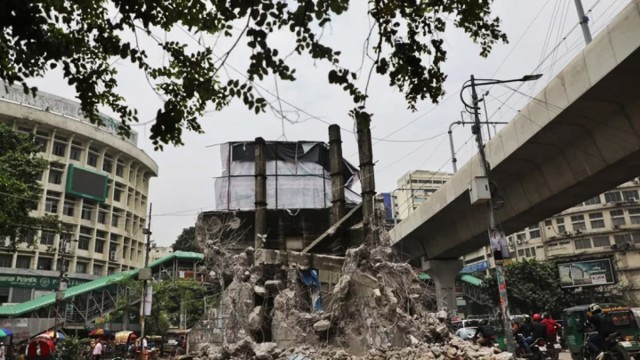
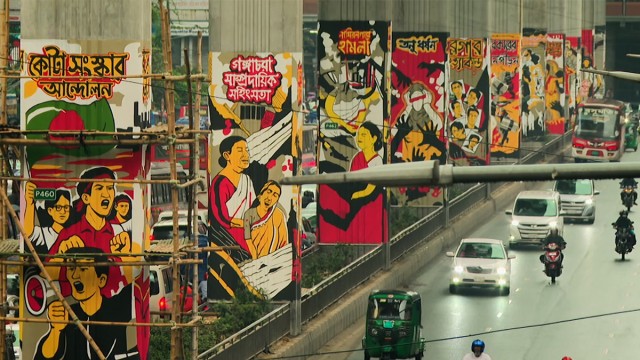
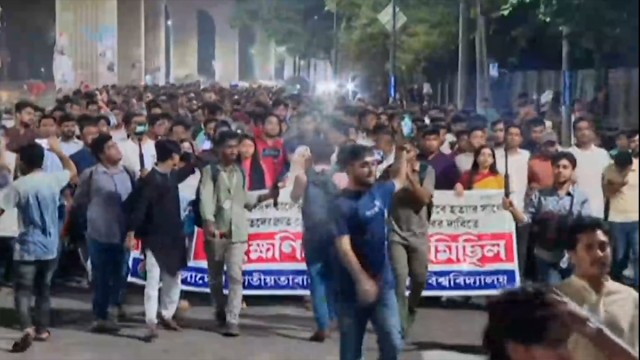


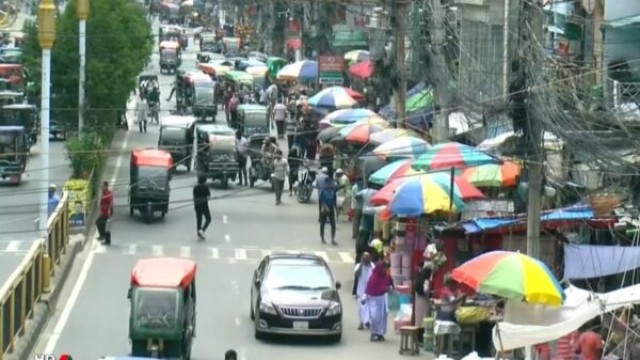
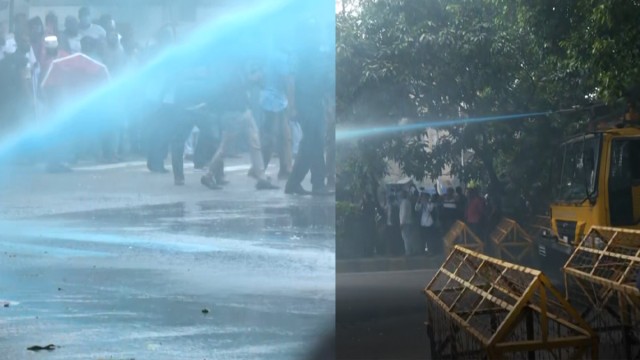
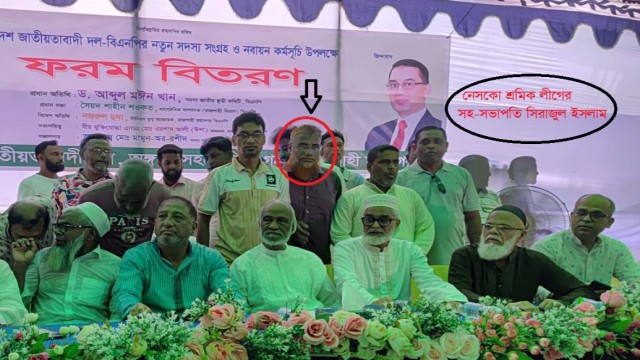
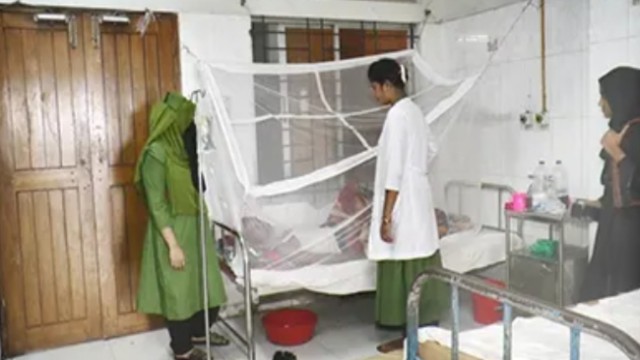

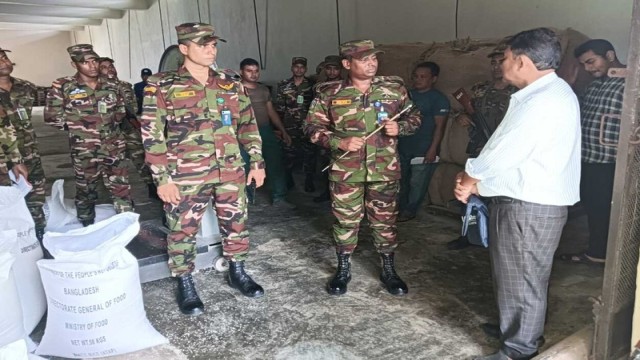
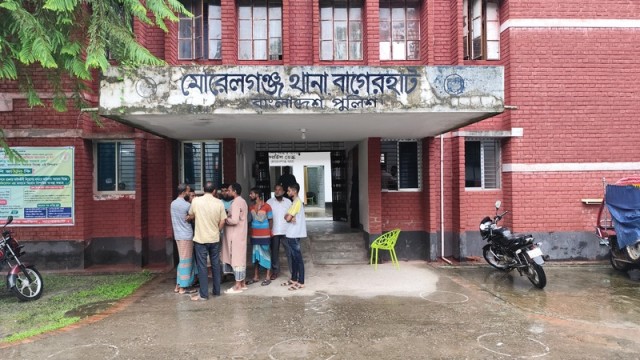
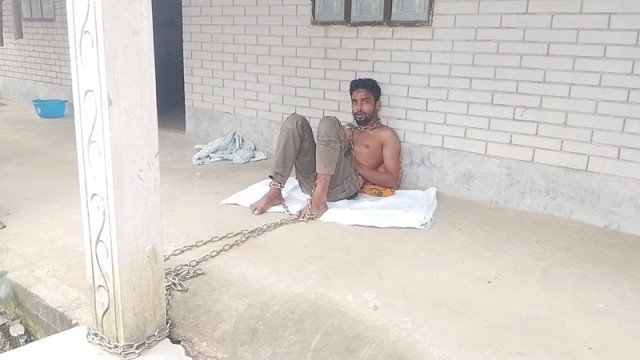



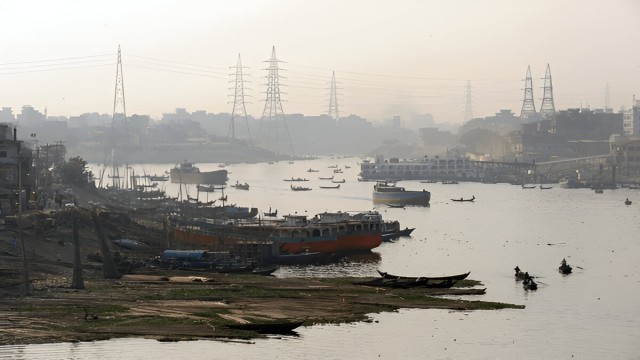

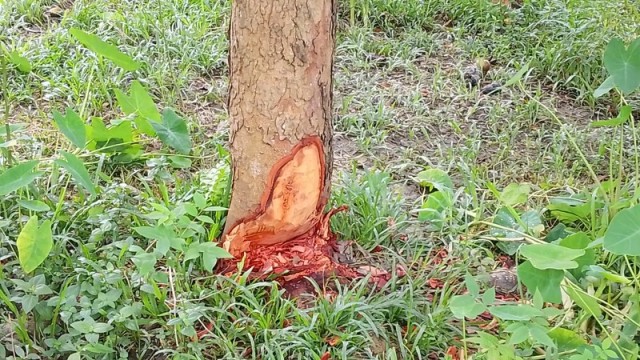

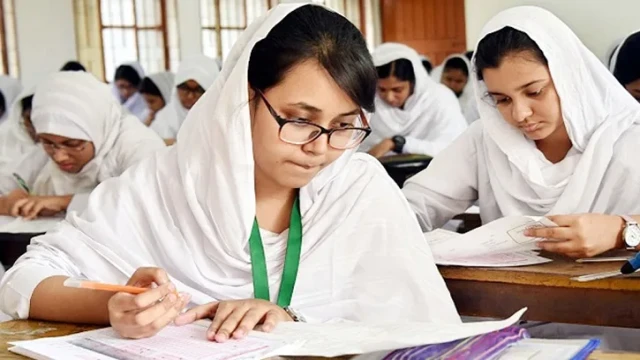

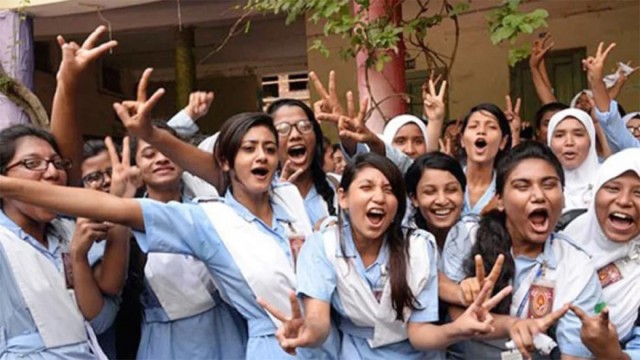

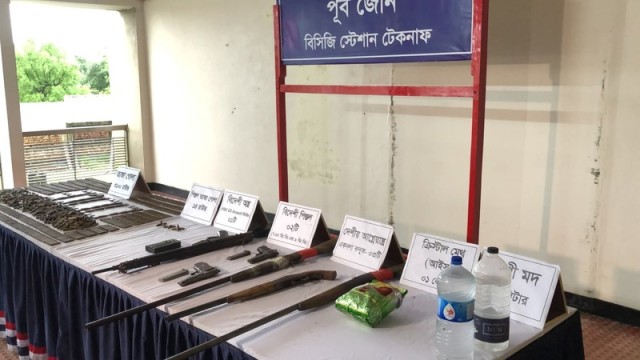



Comment: